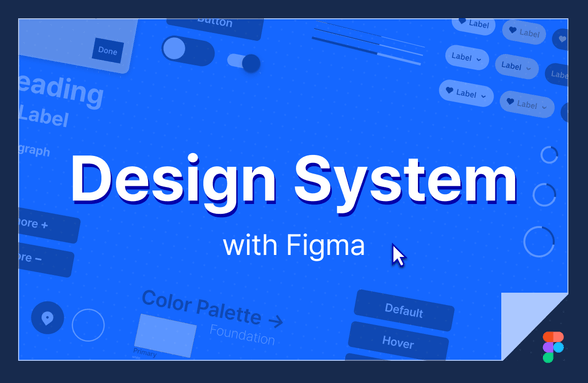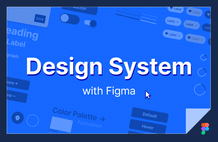・
Reviews 10
・
Average rating 4.8
Figma has now become an essential tool in the app/web front-end development field. It feels like a communication tool that both developers and non-developers can use without any burden. In the process of developing a web front-end, the following handoff usually occurs. Designer -> HTML markup developer -> SPA/MPA developer Whenever there is a handoff, active communication is required as each person's scope of work goes beyond the scope of their work. The more I use Figma, the more I am convinced that Figma is the right tool for this situation. All designers/front-end developers should learn Figma. However, since this lecture does not cover the basic usage of Figma, it may be difficult for those who are new to design tools. I think even those who follow up to Section 3 will be able to follow along without much difficulty. The lecture structure is similar to a fractal figure. This lecture will help designers/developers acquire the following qualities. Abstracting design components into a design system (Section 1. Configuring Foundation) Implementing design based on a design system (Section 1 to Section 11) Processing a design system into design tokens (Section 12 to Section 13) Developers will also be able to learn the entire design process. In particular, I think this is the first lecture in Korea to cover processing a design system into design tokens (Section 1, Section 12, Section 13). For reference, design tokens are an international standard for design components. It's like the international standard for restful API specifications is OpenAPI (Swagger). In the future, libraries and implementations based on design tokens will be released. If you build a design system using Figma, you can easily extract design tokens and ride the huge flow. I recommend this lecture.








